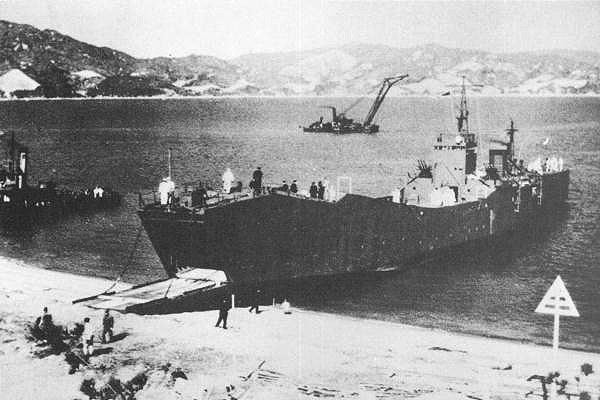Built 1943–1945 Planned 103 | In commission 1944–1955 | |
 | ||
Name No.101-class landing shipNo.103-class landing ship Builders Sasebo Naval ArsenalHitachi Zōsen CorporationKawanami Kōgyō CorporationŌsaka Zōsen Corporation | ||
The No.101-class landing ships (第百一号型輸送艦,, Dai 101 Gō-gata Yusōkan) were a class of amphibious assault ships of the Imperial Japanese Navy (IJN) and Imperial Japanese Army (IJA), serving during and after World War II. The No.101 class were powered by diesel engines, while the similar No.103-class landing ships (第百三号型輸送艦,, Dai 103 Gō-gata Yusōkan) were powered by a steam turbine engine. The IJN called them 2nd class transporter (二等輸送艦,, 2-Tō Yusōkan). The No.103 class included the IJA's SB craft (SB艇,, SB-tei) variant. This article handles them collectively.
Contents
Background
Design
Construction
Navy service
Army service
References
No.101-class landing ship Wikipedia(Text) CC BY-SA
